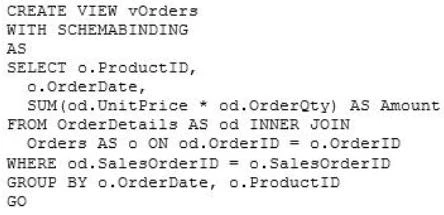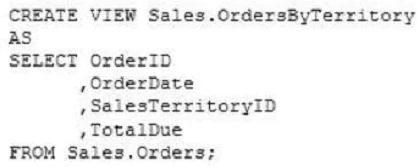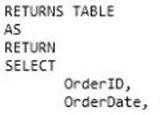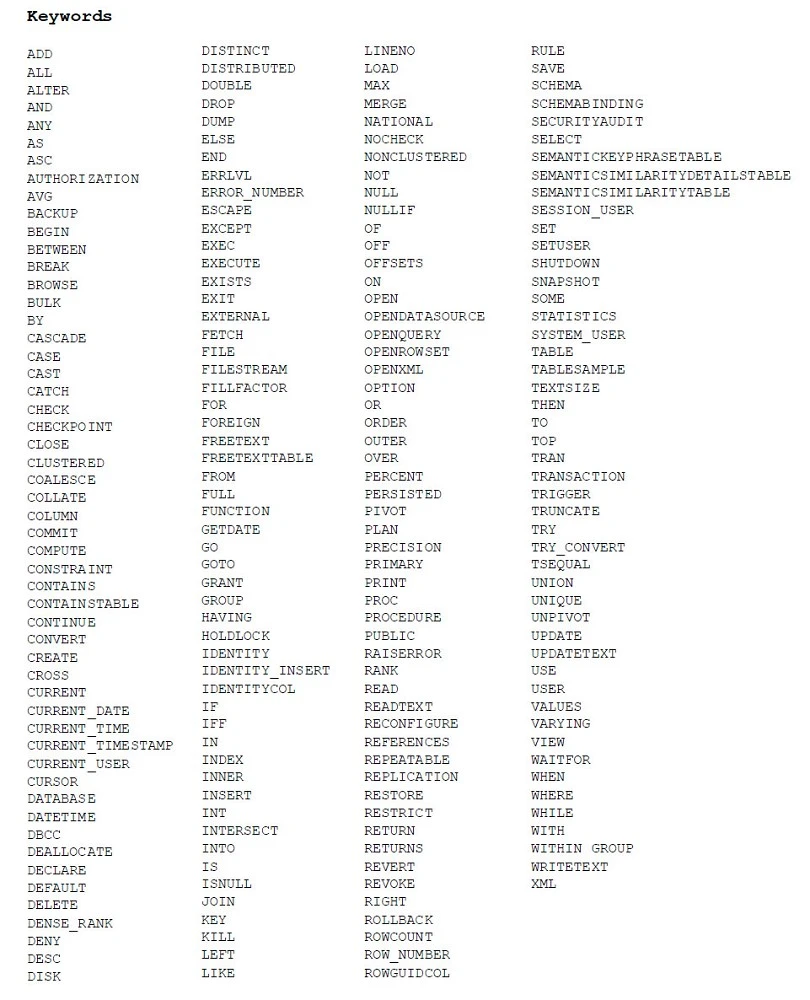MCSA Querying Microsoft SQL Server 2012/2014
Here you have the best Microsoft 70-461 practice exam questions
- You have 265 total questions to study from
- Each page has 5 questions, making a total of 53 pages
- You can navigate through the pages using the buttons at the bottom
- This questions were last updated on December 13, 2025
- This site is not affiliated with or endorsed by Microsoft.



